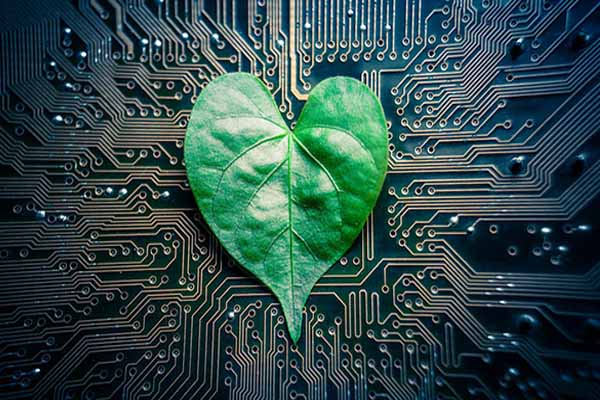As the world becomes increasingly digitized, data centers have become the backbone of our technological infrastructure. However, their rapid expansion and energy-intensive operations have raised concerns about their environmental impact. Data centers are one of the most energy-intensive facilities in the world. They consume a significant amount of electricity to power the servers, cooling systems, and other equipment that keeps them running. This energy consumption has a major impact on the environment, contributing to greenhouse gas emissions and climate change.
The Power Consumption Challenge of AI
Artificial Intelligence (AI) has gained immense popularity in recent years, revolutionizing various industries. However, AI models and algorithms are highly resource-intensive and consume significant amounts of power. Training AI models involves massive computational workloads, often requiring specialized hardware accelerators like GPUs, which consume substantial amounts of energy. This power consumption is a major concern when it comes to making data centers greener.
A study by the University of Massachusetts Amherst found that AI could account for up to 20% of global electricity consumption by 2030. This is a major concern, as AI is expected to become even more widespread in the coming years.
What should organizations do?
To address such issues, organizations must adopt sustainable practices to make data centers more energy-efficient and environment-friendly. There are a number of things that can be done to make data centers greener. Some of the most effective measures include:
- Optimize Hardware Infrastructure
To reduce the environmental impact of data centers, organizations can start by optimizing their hardware infrastructure. Upgrading to more energy-efficient servers and networking equipment can significantly decrease power consumption. Technologies such as server virtualization and containerization enable better resource utilization and consolidation, leading to energy savings.
- Embrace Renewable Energy
Data centers are notoriously known for their high energy consumption. To make them greener, organizations should prioritize the use of renewable energy sources. Investing in solar panels, wind turbines, or purchasing renewable energy credits can help offset the environmental footprint of data centers. Additionally, organizations can explore partnerships with local utilities to ensure a clean energy supply.
- Implement Efficient Cooling Mechanisms
Data centers require robust cooling systems to maintain optimal operating temperatures for servers. Traditional cooling methods often contribute to significant energy waste. Implementing advanced cooling techniques like hot-aisle and cold-aisle containment, efficient airflow management, and liquid cooling systems can drastically reduce energy consumption and enhance cooling efficiency.
- Optimize Workloads and Resource Allocation
AI workloads in data centers can be resource-intensive, leading to inefficient use of computational resources. By employing workload orchestration and resource allocation strategies, organizations can optimally use its resources. Load balancing, auto-scaling, and predictive analytics can help to minimize energy usage while maintaining optimal performance.
- Embrace Data Center Infrastructure Management (DCIM)
Implementing DCIM system provides organizations with real-time visibility into energy consumption, environmental conditions, and equipment performance. DCIM enables proactive monitoring, capacity planning, and energy optimization, leading to more sustainable data center operations.

















How can organizations adopt sustainable approaches to make their data centers greener?
Comments are closed.